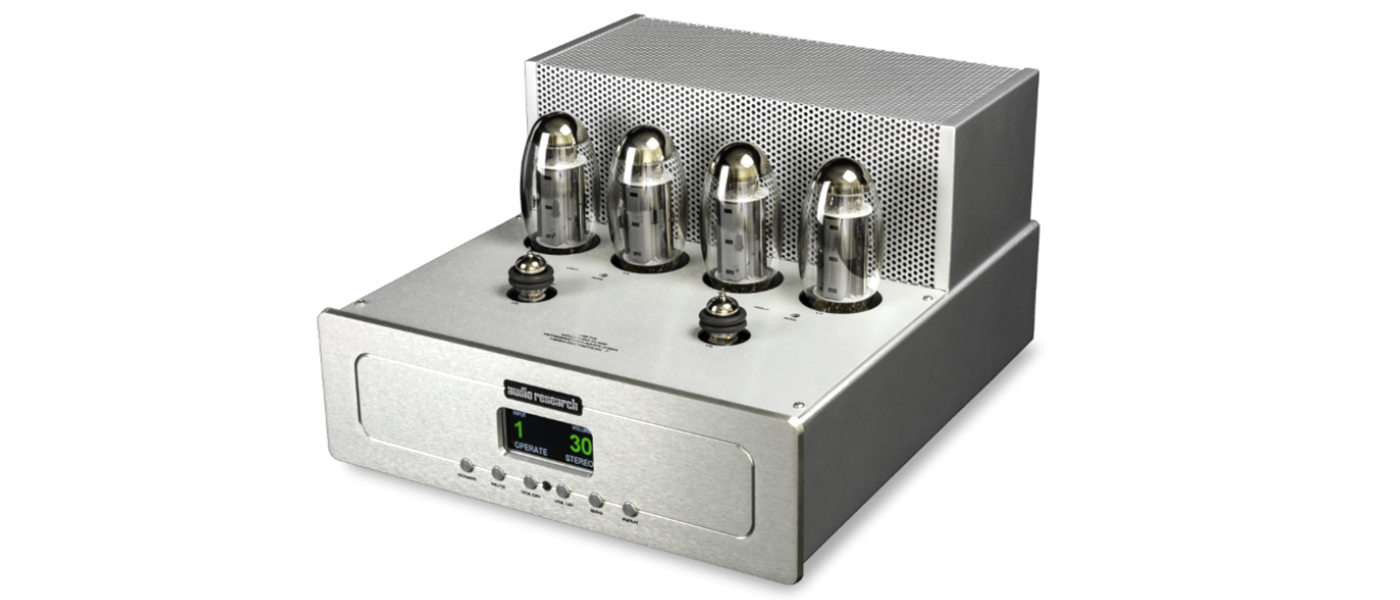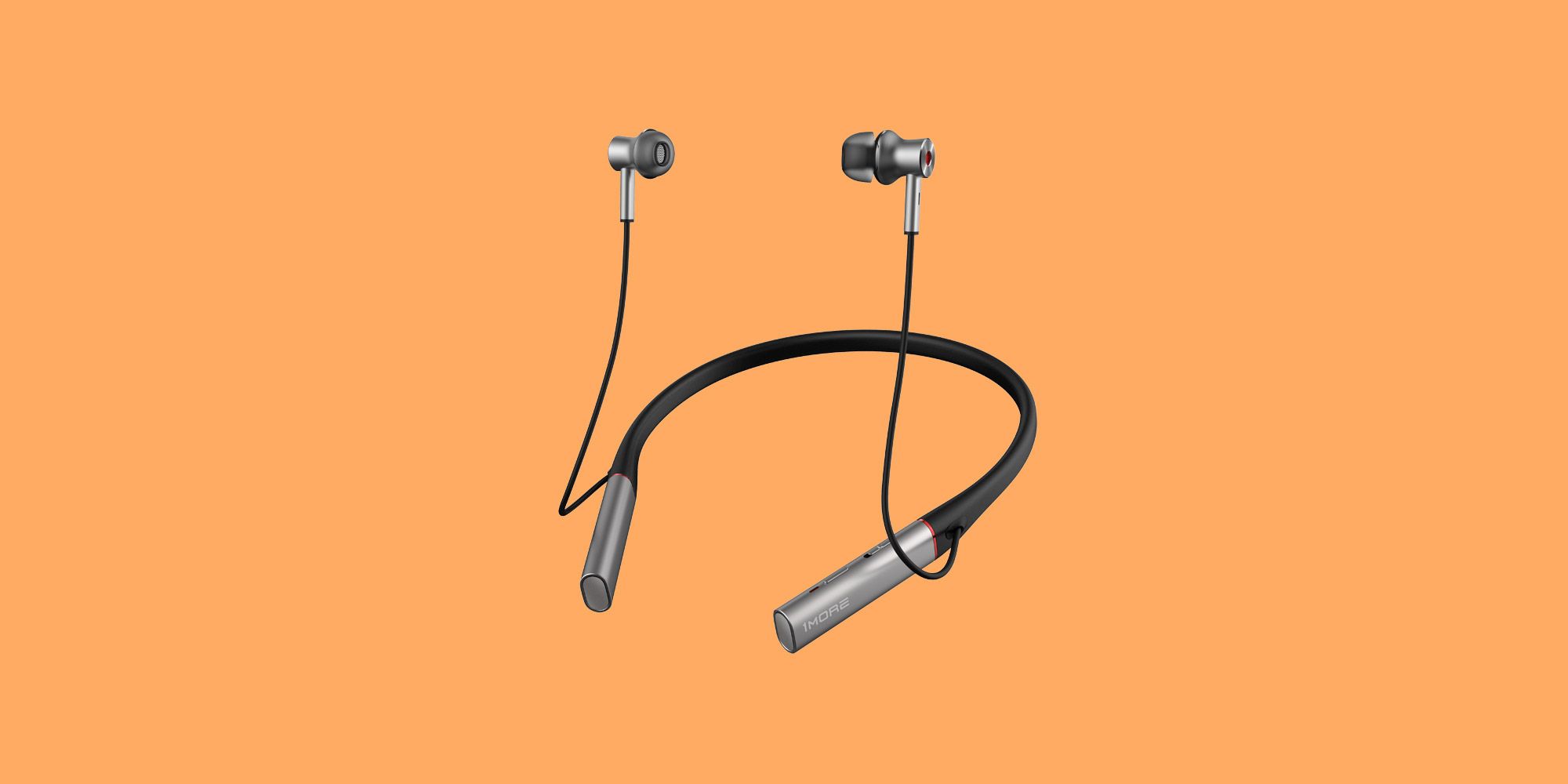Just in time for the highly anticipated title Batman: Arkham Knight this new GeForce Game Ready driver ensures you'll have the best possible gaming experience. With support for GeForce SLI technology and one-click game setting optimizations within GeForce Experience, you'll have the best possible performance and image quality during gameplay. Serato creates DJ and music production software that is unrivalled. From the unknown to the greatest, Serato is the software of choice for millions of DJs and Producers across the world. Locate the Unknown Device. RELATED: How to Use the Windows Device Manager for Troubleshooting You’ll see information about Unknown Devices in the Device Manager.To open it on Windows 10, 8.1, or 8, right-click in the bottom-left corner of the screen or press Windows Key + X and select Device Manager. Check Window update and the terrible Realtek audio driver should no longer auto download or install. A little reminder though that after a few weeks the driver might install itself again if there is a driver update on Windows update. If this happens just run the Disable Update Tool again and uninstall the Realtek audio driver.
- Audio Research Others Drivers
- Audio Research Others Driver Reviews
- Audio Research Others Driver Download
- Audio Research Others Driver Free
The simplest way to determinethe proper woofer and required cabinet alignment is to use computer simulationto model the response of several woofers in different enclosures. Most woofers available to the DIY communityhave published Thiele/Small parameters that provide the electromechanicalproperties of the loudspeaker. TheThiele/Small or T/S parameters are input into software and the acousticresponse of a given driver can be modeled in a variety of enclosure sizes andalignments. For this project, a good 10”driver will meet the required response for this project without requiring amonkey coffin cabinet. Using SoundEasy,it is pretty simple to input the T/S parameters and generate the expectedfrequency response and driver excursion. For a vented enclosure, it is important to find a driver with a Qtsbetween 0.2 and 0.5. The optimum ratioof the driver’s resonant frequency to Qe for a vented alignment is 100:1 whileratios below 50:1 suggest a sealed enclosure is optimum. The driver selected for this project was thePeerless XXLS 830843 8 ohm 10” woofer because I happened to have 4 on hand andit meets the project requirements. Afterinputting the driver’s T/S parameters from the data sheet into SoundEasy, variouscabinet volumes and tuning frequencies were modeled. The figure below shows the system responsefor a 2.2 cubic foot vented enclosure tuned to 27Hz in red and a 2.2 cubic footsealed enclosure in green.
10” Woofer PortedVersus Sealed Response
The 2.2 cubic foot ventedcabinet tuned to 27Hz was selected even though it represents a slightmisalignment. Although a tuningfrequency of 22Hz would have resulted in flatter response, the cabinet designlimited the length of the port tube as lower tuning frequencies require longerports. Note here that the sealedalignment in green would yield a pretty flat in-room response and is probably abetter overall choice for many listeners. However, our goal of +/-3dB from 35Hz to 20kHz and high SPL could not berealized with a sealed enclosure. Mostpeople have heard a woofer or two bottom out and it is important to considerhow much abuse a woofer can take before employing it in a design. Once the T/S parameters are input and theenclosure is modeled, SoundEasy allows a designer to analyze acoustic phase,internal acoustic pressure on the box, port air velocity, group delay, phaseand system sound pressure level. ThePeerless woofer used in this design has a linear excursion of +/- 12.5mm. Below is a graph showing the expected coneexcursion with a 150 watt input signal with the vented enclosure in red and thesealed enclosure in green. Note thatthis power level yields over 105dB sound pressure level before the driver rollsoff for both enclosure types.
10” Woofer PortedVersus Sealed Excursion
Clearly, vented enclosuresallow significantly more power handling above 20Hz but there is no free lunchhere. Group delay is severely affectedby the vented alignment and this means that vented enclosures are sometimesconsidered to have a less desirable transient response. Considering the majority of music content isabove 40Hz, the group delay for the vented enclosure will suffice for thisproject.
10” Woofer PortedVersus Sealed Group Delay
At this juncture, it isimportant to note that the T/S parameters from the loudspeaker manufacturers donot always match the actual T/S parameters. Many loudspeaker design programs and other tools allow extraction of theT/S parameters. If precision is key andyou do not want to risk cutting cabinets or ports twice then it is important todetermine the actual T/S parameters of a loudspeaker before moving forward withthe design. It is often useful to modelresponse using the manufacturer’s data sheet for a ballpark before purchasing adriver and then measure the actual T/S parameters before proceeding with thedesign using a program such as SoundEasy or Dayton Audio’s WT3 system.
Audio Research Others Drivers
Now that a suitable lowfrequency driver has been selected, it is typical to find a midrange that ismore sensitive. Generally, the lowfrequency driver does not require too much response shaping so the criticalmidrange must have enough sensitivity headroom to allow for response manipulationif needed. Finding the right combinationof woofer and midrange is critical and it is very important to know a fewthings here.
- The woofer tomidrange crossover frequency can safely be increased as the woofer diameterdecreases
- Higher woofer tomidrange crossover frequencies typically equate to less expensive crossoverparts such as smaller value capacitors and inductors.
- Large wooferscrossed over too high have bad off axis response at higher frequencies
- The crossoverfrequency should be an octave or more away from any driver breakup modes
- The T/S Parameterfor resonant frequency (Fs) should be an octave below the desired crossoverfrequency
Some people love the sound of bookshelf speakersbecause the dispersion characteristics are difficult to duplicate by speakerswith huge drivers. As with most thingsin engineering, the art of loudspeaker design is about selecting the set oftradeoffs that make the most sense for a given design goal. While it would be nice to design a 3-waypassive loudspeaker with an 80Hz subwoofer to midrange-woofer crossoverfrequency, the crossover parts at this frequency are pretty expensive. This is one application where activecrossovers have a huge advantage over passive crossovers. Since the Peerless XXLS woofer response getsa little funky above 700Hz, we will shoot for a crossover frequency a minimumof an octave below to reduce the amount of response shaping required. This means that the midrange selected forthis project must have enough surface area and excursion to play well below350Hz at a minimum of 100dB at one meter. Additionally, the midrange should have a resonant frequency less than175Hz. Since I wanted the option to usea 2nd order crossover, a 5 or 6-inch mid-bass was required to meetthe target specifications. The well-reviewedDayton RS150-8 Reference 6” mid-bass is an 8-ohm driver with the necessarysensitivity, excursion, diameter and low resonant frequency required to meetthe design requirements.
The tweeter selected for this project was the SeasPrestige 27TDF. This tweeter wasselected because it is also well reviewed, has good power handlingspecifications, is relatively linear and has a low enough resonantfrequency. It is important to select atweeter with a resonant frequency low enough so that the crossover frequency isa minimum of two times the tweeter’s resonant frequency. The data sheet recommends usage beginning at2.5kHz. Since the Dayton RS150-8mid-bass driver is pretty large, crossing over as low as possible will providebetter off-axis dispersion. Given this,we will attempt to design a crossover frequency of less than 350Hz for wooferto midrange and 2.5kHz for midrange to tweeter. Ultimately, the crossover frequencies may change depending on how thedrivers measure in the target cabinet. With the drivers selected and T/S parameters for the low frequencydriver, we can begin designing a cabinet.
Audio Research Others Driver Reviews
What is Windows Subsystem for Linux (WSL)?
Window Subsystem for Linux (WSL) is an optional feature of Windows 10. It enables running unmodified Linux binaries in Windows without creating a virtual machine. It implements a compatibility layer that translates Linux system calls to Windows system calls. Basically, it is like a 'wine' on Windows for Linux executables. Therefore, WSL can be very convenient if you need to run some Linux only program in a Windows development environment. You no longer need the overhead to boot up a virtual machine (or even worse, switching between Windows and Linux on a dual boot system).
While many Linux programs runs fine under WSL, it does have its limitations:

Because not all system calls have been implemented, not all Linux programs will run flawlessly under WSL. You can track the updates of WSL by following the WSL blog. You can also check this community maintained list of programs that work (and those that don't) under the WSL.
Not all hardware resources are available in WSL. For instance, you cannot access GPUs in WSL. Consequently, numerical computations in WSL can only be done on CPU (actually CPU performance is pretty good in WSL). You can upvote for GPU support here.
Disk IO is slower compared with native Linux installations. As a result, compilations feel slower in WSL. Having a SSD may alleviate this issue, but the overall disk performance is not good enough.
Despite the above limitations, WSL is still a very helpful add-on to Windows 10. The WSL team definitely put a lot of hard work into it.
Installation

For reference, I have the Windows Fall Creators Updated installed, and I will use the Ubuntu distro as an example. If you use a different distro, you may need some additional tweaks.
After the Windows 10 Fall Creators Update, WSL is out of beta and the installation is much easier. To enable WSL, you just need to turn on Windows Subsystem for Linux among Windows Features, and install your preferred distro from the Windows Store. A more detailed guide can be found on MSDN.

Accessing Windows Files
Accessing Windows files from WSL is quite straightforward. By default, all your drives are mounted automatically. For instance, the Users folder under C: can be accessed via /mnt/c/Users (note that casing matters under Linux).
Important: The Linux file system is stored in the LocalState folder of the Ubuntu app (the full path should look like %LocalAppData%PackagesCanonicalGroupLimited.UbuntuonWindows_79rhkp1fndgscLocalState). While you can browser these files in Windows Explorer, do not make any modifications to them. Doing so may case loss of data under WSL, because these files contain additional attributes for interoperability which Windows Explorer may not understand.

Tweaking the Color Scheme
The default color scheme of Windows Console (cmd.exe) is not that great. Since the Fall Creators Update, Windows Console is give more love and a lot of improvements have been made. However, changing the color scheme using the default settings panel is still not an enjoyable experience. Luckily, the Windows Console team introduced the Windows Console Colortool recently, making changing color schemes much easier. It supports iTerm2 color scheme files, and you can find a bunch of nice color schemes here.
Running X Applications
WSL does not natively support graphics. Nevertheless, it is possible to run a X server on Windows and run X applications as clients under WSL. I am using VcXsrv as the X server. You may also use Xming or Cygwin/X. After installation, simply start the X server on Windows using the default settings. Under WSL, since we are connecting to an X server on the local machine, simply run export DISPLAY=:0.0 (you can add it to your .bashrc). Now you can use matplotlib (assuming that you have relevant packages installed) as shown in the screenshot below.
Note: Apparently, you can go even further by running Xfce 4 under WSL. However, not all graphics applications run flawlessly. Firefox and GNU Octave work fine for me.
Enabling Audio
WSL does not natively support audio devices. If you start Firefox under WSL, you will not hear anything. Neither will audio players work. Usually, audio support under WSL is unnecessary because Windows already provides better support for your music/video needs. If, for whatever reason, you want to hear audio playing under WSL, there is a way to do it. You will need to set up PulseAudio both under both Windows and WSL.
Setting Up PulseAudio on Windows
Audio Research Others Driver Download
Setting up PulseAudio on Windows is quite straightforward:
Download the pre-built binary package from the PulseAudio website.
Extract the files to the location you prefer. You should see four folders named
bin,etc,lib, andshare.Edit the configuration files in
etc. Indefault.pa, find the line starting with#load-module module-native-protocol-tcpand change it into:In
daemon.conf, find the line starting with; exit-idle-time = 20and change it toexit-idle-time = -1to turn off idle timer.Run
pulseaudio.exeunder thebinfolder incmd(orpowershell).
Audio Research Others Driver Free
Setting Up PulseAudio in WSL
Setting up PulseAudio under WSL requires more work. If you already installed the pulseaudio software package, you will need to uninstall it (apt-get purge pulseaudio) first, because it will not work, and you are likely to see the following error message:
To install a version of PulseAudio that is compatible with WSL, you can either build it from source, or use PPA.
Install via PPA
Simply Add this PPA and install the patched version of PulseAudio. See this Github issue for more details.
Build from Source
Assuming that you have
build-essentialinstalled, install at least following additional packages:pkg-configintltoollibtoollibsndfile1-devlibjson-c-dev
Download the source code of PulseAudio 8.0 from the official website. I chose version 8.0 here because Ubuntu 16.04 ships with this version and I failed to get later versions working under my setup.
Unpack the source code and apply the one-line patch to
src/pulsecore/mutex-posix.c. Find the following linesadd
#undef HAVE_PTHREAD_PRIO_INHERITafter them.Configure with the following options:
Run
make && make install. This will install PulseAudio to/usr/local/.
For more details, refer to the discussion mentioned above, this gist, and this automatic installation script.
After installing PulseAudio correctly, run export PULSE_SERVER=tcp:localhost to configure PulseAudio to run over TCP (you can also edit the PulseAudio configuration file). You should now be able to use cmus to play audio files. Here is a screenshot of Firefox Quantum playing YouTube videos with sound:
Now you should have set up WSL will both graphics and audio. Have fun playing with it 🎉
